Stream Monitoring Citizen Science & Training Opportunities, May and June Dates Available
Photo: By FMN J. Quinn, Stream monitoring
Northern Virginia Soil and Water Conservation District (NVSWCD) Spring stream monitoring season is in full swing! They hope you’ll be able to join them at one of the upcoming stream monitoring workshops.
Are you interested in obtaining a Virginia Save Our Streams Stream Monitoring certification? This certification is not required for the workshops, but it allows you to monitor your own site if you wish. The certification consists of three parts – watching online webinars, passing an online macroinvertebrate ID exam, and taking an in-person field protocols exam.
Field Certification Event at Cub Run
When: Sunday, June 1, 3:00-6:00pm
Where: Cub Run Stream Valley Park, Centreville
To qualify for your field protocol exam, you must have passed the online macroinvertebrate ID test and have attended at least 1-2 stream monitoring sessions. Learn more about the VASOS Stream Monitoring certification here. For questions or to register, please email Ashley. Please DO NOT sign up for the field certification event using the general workshop signup below – the field certification event and workshop will run concurrently, but registration is separate. Thanks!
Pohick Creek Stream Monitoring Workshop
When: Thursday, May 29, 4:00-7:00pm
Where: Pohick Creek Stream Valley Park, Springfield
The stream monitoring site on Pohick Creek is located on the cross-county trail, popular with runners, dog walkers, and families. This is the largest and deepest stream monitored in these public workshops. This is an accessible stream site, which can be reached by wheelchair and/or other assistive tools over a paved path (there may be some uneven spots). Learn more and register for this workshop and others here.
Cub Run Stream Monitoring Workshop
When: Sunday, June 1, 3:00-6:00pm
Where: Cub Run Stream Valley Park, Centreville
This site features some of the largest hellgrammites we find in Fairfax County! (Haven’t heard of them? Be sure to research this super cool macroinvertebrate!). Just a stone’s throw from the parking area, this site is very popular, and you can certainly see why! Learn more and register for this workshop and others here. Want to get your stream monitoring certification here? Please email Ashley instead of registering.
Accotink Creek Stream Monitoring Workshop
When: Wednesday, June 11, 4:00-7:00pm
Where: Long Branch Stream Valley Park, Fairfax
Help explore this new stream site! Adopted this spring, this stream is tiny but mighty. Monitors found a lot of diverse macroinvertebrate populations the last time we visited this site! This site is located within a short walk from the parking area over a paved trail. Learn more and register for this workshop and others here.
Sugarland Run Stream Monitoring Workshop
When: Saturday, June 14, 9:00am-12:00pm
Where: Sugarland Run Stream Valley Park, Herndon
This site is located near one of the largest great blue heron rookeries (breeding/nesting areas) in the eastern US. Monitors often find plenty of newly hatched young crayfish in the spring. This is also the most accessible stream site, which can be easily reached by wheelchair and/or other assistive tools over a paved path. Learn more and register for this workshop and others here.
The NVSWCD is very excited to contribute their stream data to state and national datasets. If you’d like to see data from all the NVSWCD regional stream monitoring team’s active sites, you can find the organization on the Clean Water Hub.


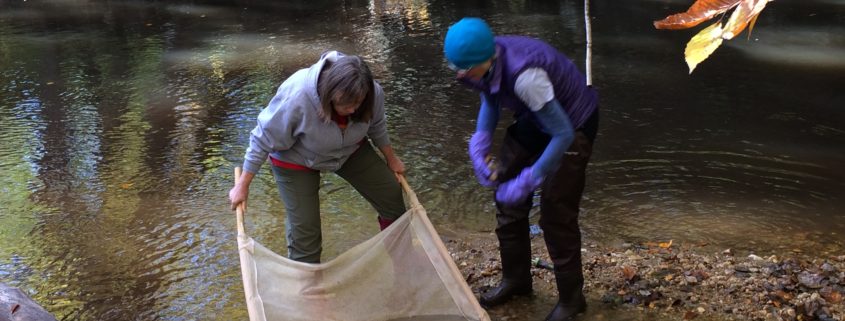
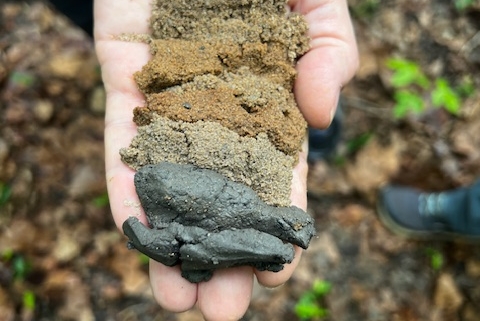
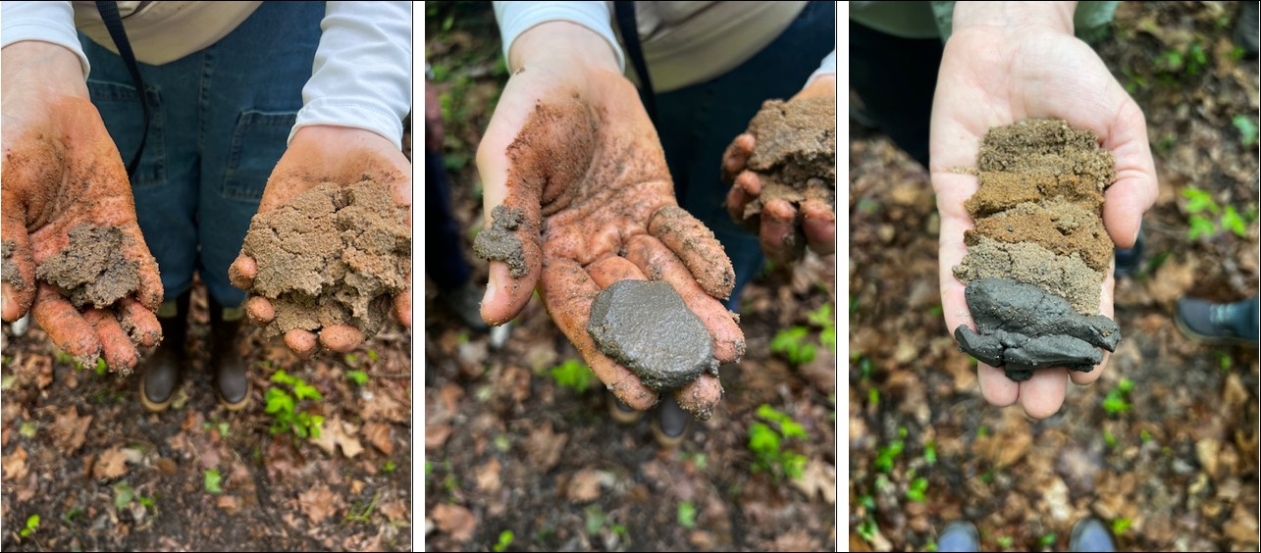
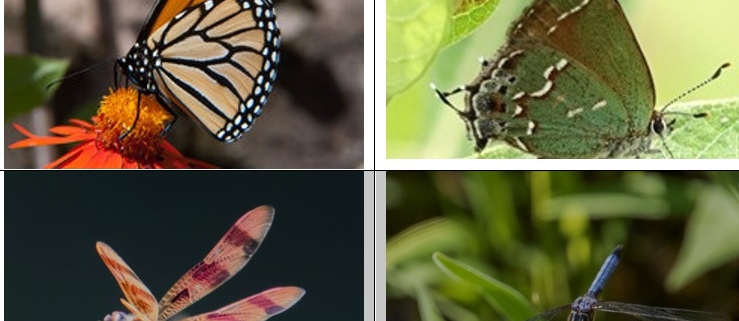
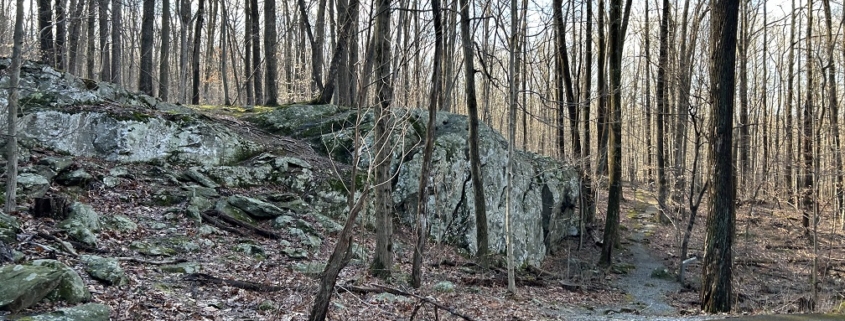
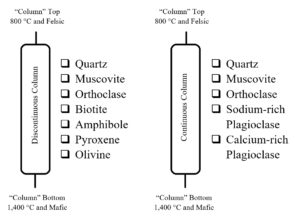
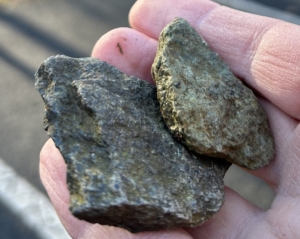
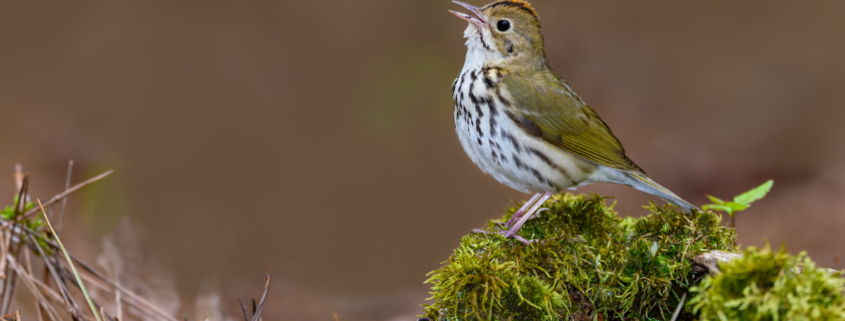
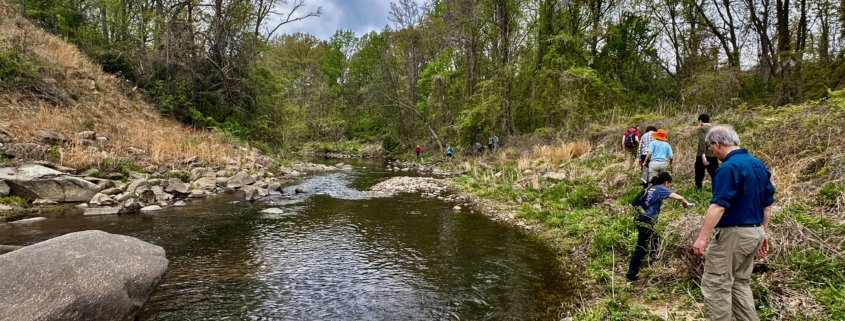

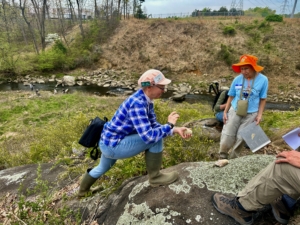
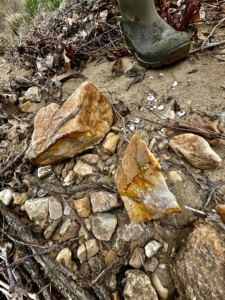
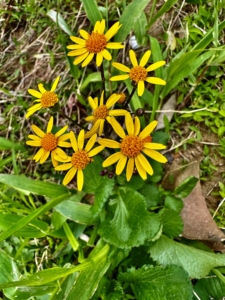
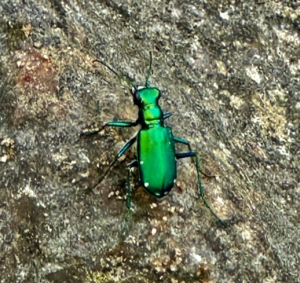
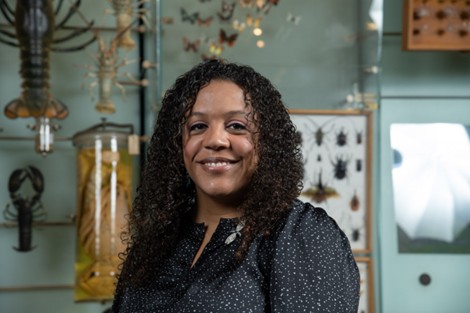
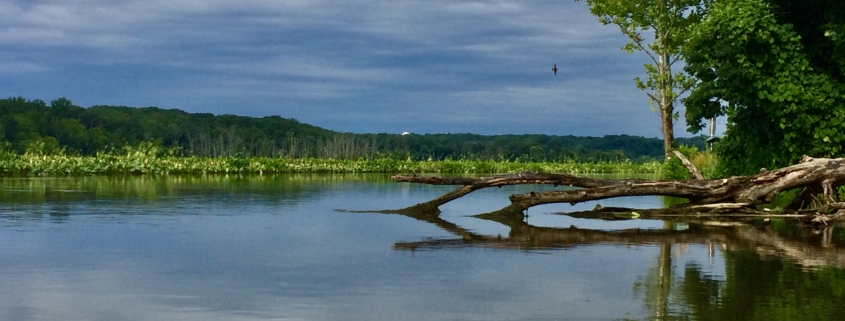
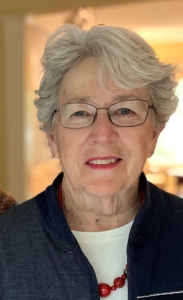
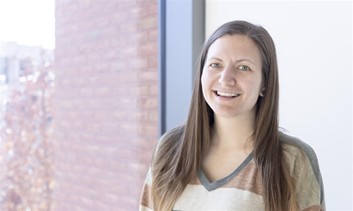

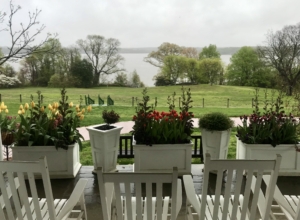
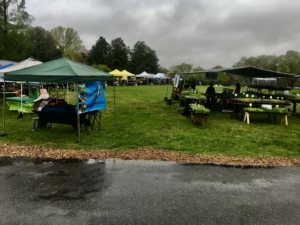
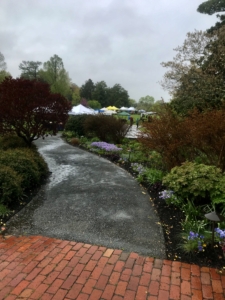
Dr. Jessica Ware is a curator at the American Museum of Natural History, where she serves as Chair of the Division of Invertebrate Zoology. Dr. Ware’s research focuses on the evolution of behavioral and physiological adaptations in insects, with an emphasis on how these occur in Odonata (dragonflies and damselflies) and Dictyoptera (termites, cockroaches, and mantises). Dr. Ware holds a B.Sc. from the University of British Columbia in Canada, and a Ph.D. from Rutgers, New Brunswick. She was awarded a PECASE medal from the U.S. government for her work on insect evolution. Dr. Ware served on the Governing Board of the Entomological Society of America for 3 years. Dr. Ware is the past president of the Worldwide Dragonfly Association and the past president of the Entomological Society of America. She is president-elect of the Society of Systematic Biologists. Dr. Ware is co-founder of Entomologists of Color and serves on the board of Black in Natural History Museums. Photo by Denis Finnin
See More